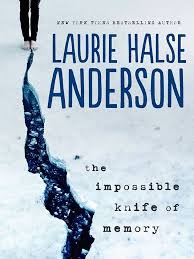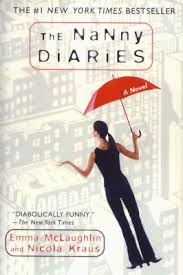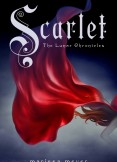Hutchison, Kay Bailey. American Heroines: The Spirited Women Who Shaped Our Country. New York: Harper, 2004. Print.
image from: www.harpercollins.com
My Thoughts
This book is a collection of mini biographies. Kay Bailey Hutchison writes in the Forward, "The indomitable spirit of American women is the focus of this book" (xix). I like biographies, so I enjoyed reading about the forty-six women included in this book. Some I knew, many I didn't. Hutchison writes in the Afterword that by the time she entered sixth grade, "I had already read every biography in the entire [elementary school] library" (353). I can't claim the same, but I have read many interesting biographies over the years.
Each chapter highlights a couple of ladies who pioneered in a specific area, and then there is a modern day connection to women in the same area. "Through their stories I hope to show the contributions women have made to America, and some of the experiences and traits these incredible women possess, as well as what drove them to struggle through prejudice to do important work that helped move our country to become the most powerful on earth" (Hutchison xx).
The chapter titles are
- Pioneers and Preservationists
- Women of Faith
- Education for Everyone
- Saving Lives
- The Voice of Her People
- A Woman's Art
- Conquering the Skies
- Public Lives, Public Service
- Renaissance Women
- Women Look at the World
- Setting Records, Making History
The modern section contains a "Q & A" format asking each person the same questions. I thought it was interesting that almost all of them had the same advice for negotiating.
In the Afterword, Hutchison writes, "My hope in writing this book is to increase the awareness of the impact women have had--and are having--on our country" (355). I am more aware.
Some things I marked in the book:
When writing about Margaret Chase Smith, Smith compares government to housekeeping: "'Women administer the home. They set the rules, enforce them, mete out justice for violations. Thus, like Congress, they legislate; like the Executive, they administer; like the courts, they interpret the rules. It is an ideal experience for politics'" (qtd. in Hutchison 222).
When writing about Margaret Bourke-White, White encounters nurse Wilma Barnes who always learns the patients' names if they are from Texas. "'It makes the boys pep up to know that somebody from their home state is taking care of them'" (qtd. in Hutchison 285). That made me smile. There is a kinship between Texans.




